
2012 London Olympic Torch Route: Week 9 Sights
What's Up for Week 9
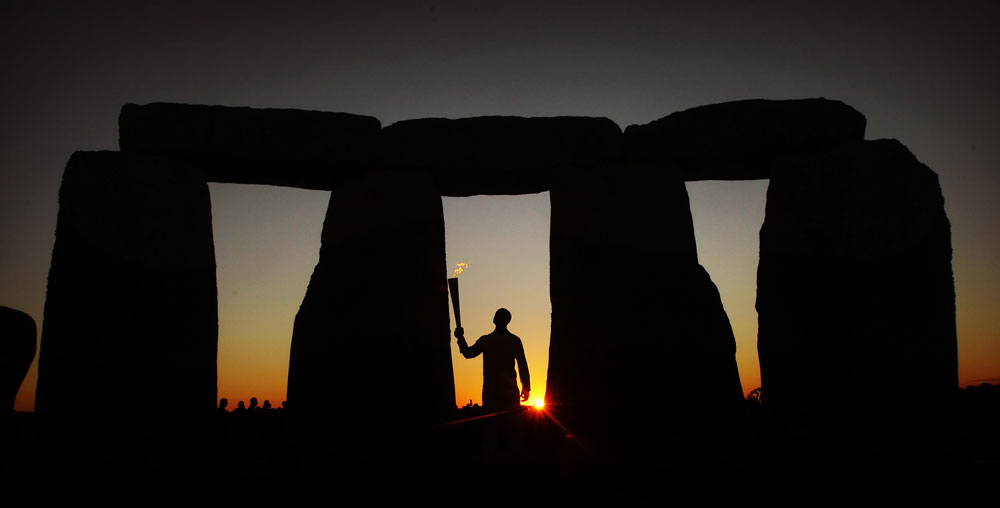
The 2012 London Olympics games are less than two weeks away! The torch that will bring the Olympic flame to the Olympic Stadium has run has already visited much of the United Kingdom, including Cornwall, Wales, and Northern Ireland and Scotland, but there are still plenty of amazing sites left along the relay route.
OurAmazingPlanet will be taking you on a sight-seeing journey along with the torch week-by-week until the beginning of the Games of the XXX Olympiad, which runs from July 27 through Aug. 12, 2012. For week 9, the torch ventures into the English Channel and past the stunning White Cliffs of Dover.
(See sights along the torch route from last week. Pictured above is Olympic gold medalist former sprinter and torchbearer Michael Johnson holds the Olympic Flame at Stonehenge at the beginning of Day 55 of the London 2012 Olympic Torch Relay.)
Isle of Wight Day 57
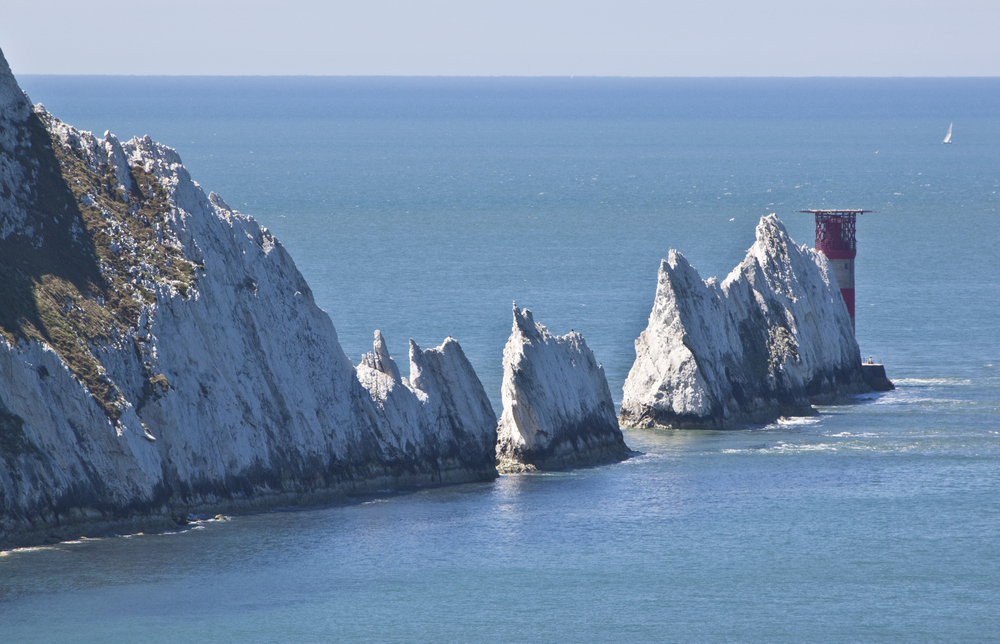
This diamond-shaped island just off the coast of the county of Hampshire in the English Channel possesses historic landmarks, dramatic coastal scenery, important wildlife and a treasure trove of dinosaur fossils.
When the Normans invaded England they built Carisbrooke Castle at what is now the county town of Newport. The castle is most famous as the place where Charles I was imprisoned when he fled the mainland during the English Civil War.
Queen Victoria built a summer home, Osborne House, at East Cowes, helping to make the Isle of Wight a popular Victorian seaside destination. The rooms of the house where the royal family lived can be toured, along with the extensive grounds.
About half the island is given to the Isle of Wight Area of Outstanding National Beauty. The dramatic sea cliffs of the island, including the famous Needles, three stacks of chalk that jut out of the Channel, offer stunning views.
Channel Islands Day 58
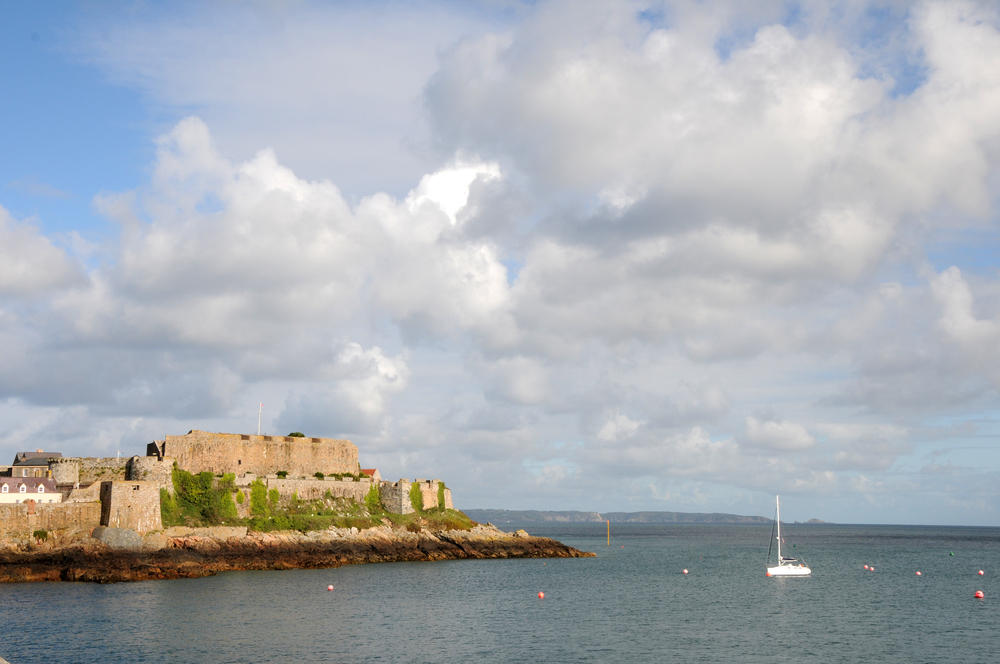
This archipelago is a Crown Dependency (not part of the United Kingdom) just off the coast of Normandy. The largest islands are Guernsey and Jersey, which also form bailiwicks (under the auspices of a bailiff) of the same names that include other small islands.
Both islands show evidence of Paleolithic and Neolithic activity, including La Cotte de St Brelade and La Hougue Bie, a passage covered by an earthen mound, on Jersey and TKTK on Guernsey. Much of the early activity on the islands dates from a time when they were not islands but peninsulas still connected to mainland Europe before sea levels rose.
The Vikings invaded the Channel Islands as they did much of Britain and left their mark on place names, including the names of the two main islands. The islands later became part of the Duchy of Normandy and became governed by the same rulers as England after William the Conqueror took possession of England. The islands are the last remnant of the Duchy of Normandy to survive today.
Castle Cornet, a Norman fortification on a tidal island of the harbor of St. Peter's Port, Guernsey, was the last Royalist stronghold to fall in the English Civil War. Elizabeth Castle on Jersey dates from the 16th century and was named after Queen Elizabeth I.
The Channel Islands were also the only part of British Commonwealth to be occupied by Nazi Germany during World War II, and fortifications built by the German army still dot the islands.
High Weald Area of Outstanding Natural Beauty Day 60
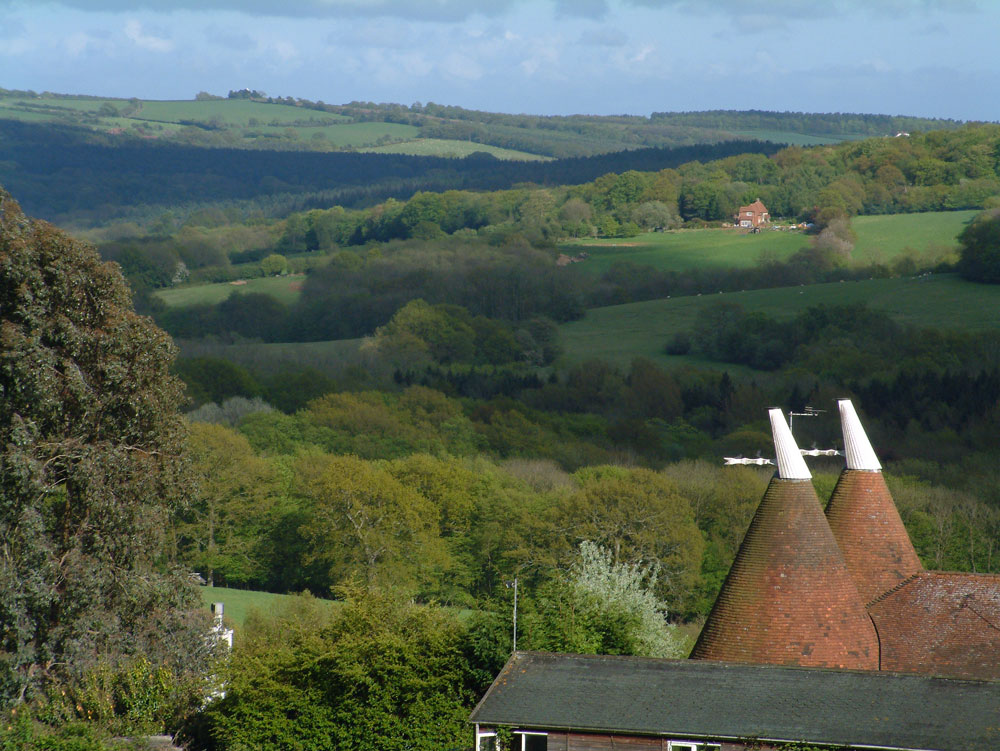
This beautiful landscape sits in the southeast of England and covers parts of Surrey, West Sussex, East Sussex and Kent. It is dotted with small farms, woodlands, ridges and villages.
The term "weald" refers to the layer of sandstone over which the landscape is located and which is itself situated between layers of chalk to the north and south. Rivers cut deep, steep-sided valleys into the land that are part of the landscape's character today.
The area was once thickly covered in woodland, but humans have altered the landscape as they moved in. It is still one of the most wooded areas in England though. Trails take visitors through some of the ancient woodlands in the area.
White Cliffs of Dover Day 61
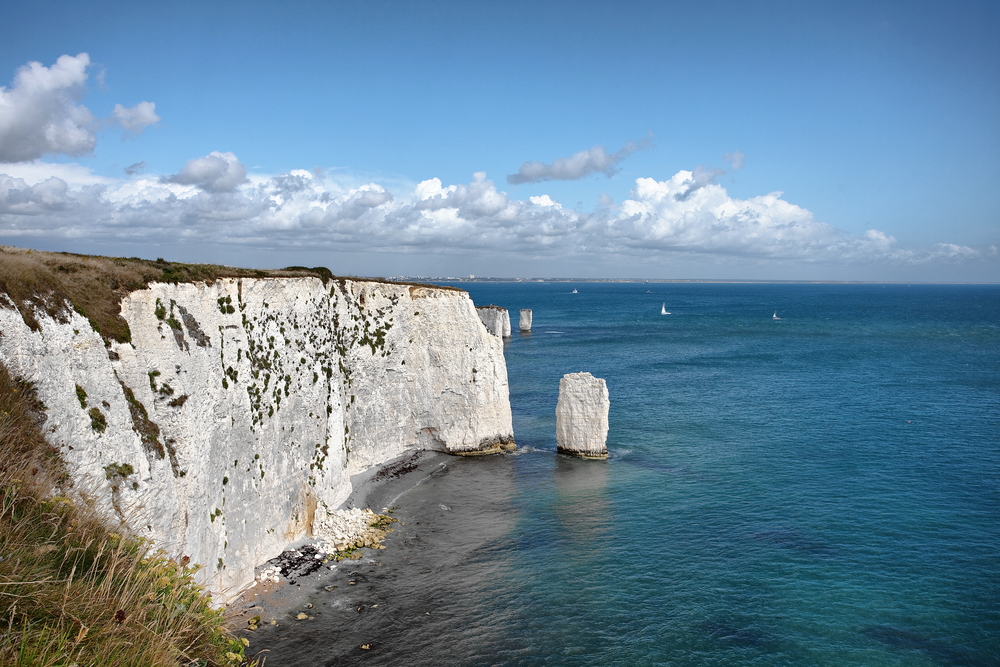
For those travelling across the English Channel, the famed White Cliffs of Dover are a bright sign announcing arrival in England. They are even an official icon of Britain.
The cliffs get their while color because they are made of chalk. This chalk was once the skeletons of tiny ocean creatures that lived in the shallow sea that overlaid the area about 70 million years ago. When the creatures died, their skeletons sank to the bottom of the sea and formed a white mud that later became the chalk. The cliffs were later pushed up by the tectonic forces that shape the face of the planet.
The layer of chalk can actually also be seen across the channel in France, showing that they were once a continuous feature that was overcut by the English Channel.
There are several cliff-top walks that showcase the spectacular views and unique wildlife in the area, including particular bird and butterfly species.
The National Trust oversees 7 kilometers (about 4.3 miles) of the cliffs and is currently appealing to donors to help it acquire another 1.5 kilometers (1 mile) for preservation.
Canterbury World Heritage Site Day 62

Canterbury, in Kent, has been the seat of the Church of England (and the larger Anglican community) for about 500 years.
The religious history of the city dates back to 597, when St. Augustine was sent by Pope Gregory the Great to establish a mission and reintroduce Christianity to the island. The cultural heritage of the city was recognized when the Canterbury Cathedral, the ruins of St. Augustine's Abbey and St. Martin's Church, the oldest church in England, were named a UNESCO World Heritage Site in 1988. St. Martin's was already built when Augustine arrived.
The cathedral showcases the early Gothic and Romanesque architecture and became the most important seat of learning in England in the medieval ages.
Archbishop Thomas Becket was murdered in the cathedral in 1170 and the place subsequently became a major pilgrimage site, as relayed in Chaucer's Canterbury Tales.
Get the world’s most fascinating discoveries delivered straight to your inbox.

Andrea Thompson is an associate editor at Scientific American, where she covers sustainability, energy and the environment. Prior to that, she was a senior writer covering climate science at Climate Central and a reporter and editor at Live Science, where she primarily covered Earth science and the environment. She holds a graduate degree in science health and environmental reporting from New York University, as well as a bachelor of science and and masters of science in atmospheric chemistry from the Georgia Institute of Technology.
